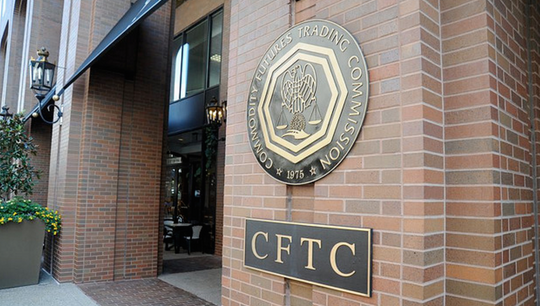Archegos opens a Pandora’s box of regulatory consequences
By Larry List, VoxSmart
Published: 21 March 2022
One of the most talked-about financial markets events of last year revealed major regulatory and supervisory loopholes across both the buy and sell sides which are not easy to close. If the collapse of Archegos and ensuing market fallout uncovered some significant dark spots, the sharp rise of hybrid working over the past two years has presented the market with a pressing need to adapt to ensure that future problematic events of that scale do not occur. As new ways of working emerge from the shadow of the pandemic, regulations must reflect the physical disconnect that now exists between the workplace and the worker – and the way that firms approach their internal supervision of staff across all business lines must follow suit. Post Archegos, regulators now have their attention focused on several key areas that could cause major problems further down the line if financial institutions are not properly equipped to deal with them.
Take record keeping for example, the rules around this vital area of internal business infrastructure are certainly outdated, when considering the post-Covid world we now live in. They are in no way reflective of the modern hybrid working approach that most asset managers and investment banks find themselves employing now. This is surely why the SEC recently proposed a whole host of updates to electronic recordkeeping requirements – three years ago, nobody could have foreseen a world in which traders would have been permitted to regularly trade remotely, let alone encouraged to do so. It is, however, clear that this trend will not entirely reverse. Even as we emerge from the virus-affected business landscape, more and more market participants are signalling their intent to allow flexible working to some degree throughout not only the back and middle office, but also front-office functions.
As staff have become more detached from working in the same physical space as their managers and colleagues, record keeping is inevitably becoming increasingly important as a way of supervising staff. And in cases such as we have seen with Archegos, it will be vital to be able to track back on how so many mistakes were made on both sides of the relationship and to understand why, so that financial institutions can put processes into place to avoid future market meltdowns.
The focus cannot only be on written records over emails or social media channels, such as WhatsApp or Telegram, but also on voice communications. With hybrid working, we have seen a significant rise in the use of video channels being used by asset managers to connect with counterparties and colleagues on a daily basis. The trouble is that the current rules around retaining and reviewing voice communications are nowhere near strong enough when one considers the amount of business that is conducted vocally. Generally, financial institutions are only required to retain these records for one year and most market participants will dispose of records once the regulatory requirement has expired. This makes sense from a risk management perspective if they do not have the means to assess the records for potentially damaging activity. The challenge however is that these records can provide crucial context when assessed properly in the moment to give trading heads a deeper insight into the activity and productivity of their desks, as well as providing the capability to look back at situations to critically analyse outcomes. This insight can be incredibly helpful in avoiding potentially catastrophic incidents further down the line. This is certainly an area that regulators should be looking at as we continue to adapt our ways of working.
But as rule-makers mull over how to legislate the new world of business, existing regulations such as the Uncleared Margin Rules (UMR) are having a more immediate impact on existing ways of working. A set of reforms that encourage more over-the-counter (OTC) derivatives to move to a cleared environment, UMR legislates that financial institutions have to provide end-of-day valuations and receive, or pay, margin bi-laterally on certain OTC derivative instruments. With Phase 6, even more buy-side firms will be brought into scope, as it will lower the average aggregate notional amount (AANA) threshold for firms to US$8 billion. When considering Archegos and the incredibly precarious positions being held, the requirement for greater margining by fund managers is obvious.
From a trading perspective, if a head of desk has a problem with a client that is consistently not posting enough margin or posting late, they will need the ability to review all communications with the client to analyse and ultimately approve why that is being sanctioned. This idea can equally be applied to consider internal communications between different departments working together to highlight and escalate margining issues. For the buy-side these interactions will be vital to help demonstrate compliance by firms who will be required to establish a Derivatives Risk Management Program.
The focus with Archegos has overwhelmingly been on what happened and what we can learn to ensure it does not happen again, but not enough focus is being given to forensically determine how it was allowed to happen in the first place, and only by learning from it can we work to stop a similar incident upending the market again. Point-to-point analysis of the interactions between buy-side players and those at prime brokerage houses has never been more important as a way of empowering supervisors and compliance teams to proactively manage what we call ‘interesting situations’, rather than being left to reactively pick the pieces up after the event.
Now is the time for regulators to turn their focus to improving the framework of rules within which buy- and sell-side participants function effectively. By using the power of technology to take a proactive approach to risk management, we can all enjoy a more flexible working life without the fear of another Archegos-sized hole being punched into the market.







